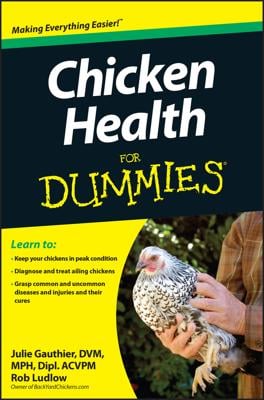If you are raising chickens in a cold area, your birds may suffer from frostbite. Of course, a well-designed chicken coop helps prevent frostbite, but no one can control the weather. One day, you may find black on your chickens’ combs or wattles — a sure sign of damage. It’s important to understand how to deal with the condition if this ever affects your backyard flock.
Frostbite causes blackened areas on the ends of combs, wattles, and sometimes toes. In most cases, these areas dry up and fall off eventually. Do not trim off the blackened area unless it gets infected — the blackened area gives some protection to the area below it. When you remove that, the area beneath it may be frostbitten next. Do, however, keep an eye on the area. If infection sets in, you will have to trim the black off the comb or wattle.
Rubbing chicken combs and wattles with oil, petroleum jelly, and other things doesn’t prevent frostbite. If your weather regularly gets down near zero, hanging some heat lamps over the roosting area or heating the shelter may help. Don’t heat shelters too much above freezing, because doing so causes moisture problems that may be worse than the cold.
Roosters with frostbitten combs may be temporarily infertile. But it’s not the frostbite that causes the infertility; it’s the amount of cold that the chicken has been exposed to. Usually fertility is restored after conditions improve and the rooster’s body recovers from the stress.

